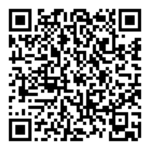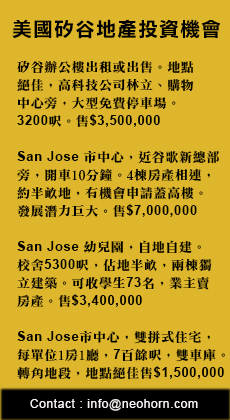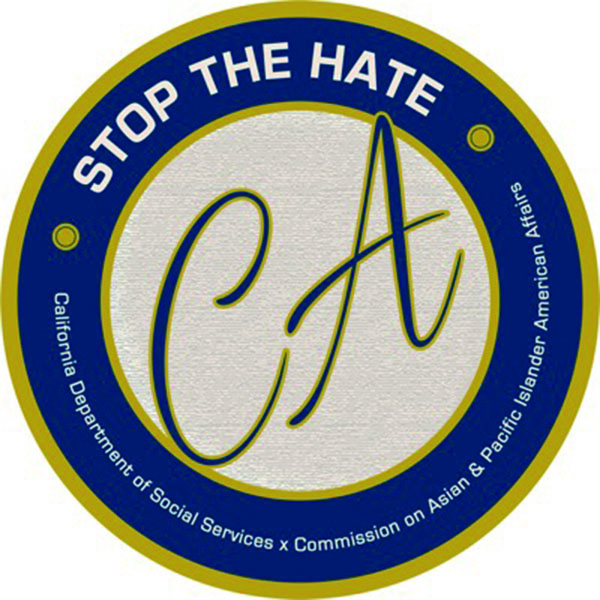2010年夏時制從3月14日2點開始 至 11月7日2點結束。
這是美國從2007年以來第四年實施的新規定。http://energy.ca.gov/daylightsaving.html 上說
Beginning in 2007, Daylight Saving Time is extended one month and begins for most of the United States at:
2 a.m. on the Second Sunday in March
and lasts until
2 a.m. on the First Sunday of November.
The new start and stop dates were set in the Energy Policy Act of 2005.
Change Your Clock & Change A Bulb!
The National Fire Protection Association and the U.S. Consumer Product Safety Commission recommend that consumers change the battery in smoke and carbon monoxide detectors when we change the clocks for Daylight Saving Time.
While you’ve got the ladder out to check your smoke detectors, why not change a bulb?
Switching to energy efficient bulbs in your ceiling fixtures could save you $30 a year per bulb on your electricity bill.
Energy efficient lighting is particularly important in the fall when Daylight Saving Time ends and the days are shorter.
The latest generation of energy-saving lighting includes compact fluorescent bulbs that fit in standard light sockets and provide pleasant, uniform light.
Low-energy halogen or LED lighting is also becoming widely available.
Visit www.energystar.gov or www.fypower.org for information on lighting rebates and discounts.
Daylight Saving Time – for the U.S. and its territories – is NOT observed in Hawaii, American Samoa, Guam, Puerto Rico, the Virgin Islands, and by most of Arizona (with the exception of the Navajo Indian Reservation in Arizona).
大意是說:從2007年起,每年3月第2個禮拜天凌晨2點 至11月第一個禮拜天凌晨2點實施夏時制。只是在夏威夷,關島,波多黎各還有亞利桑那州大部份地區和American Samoa, the Virgin Islands等地不實施夏時制。




























